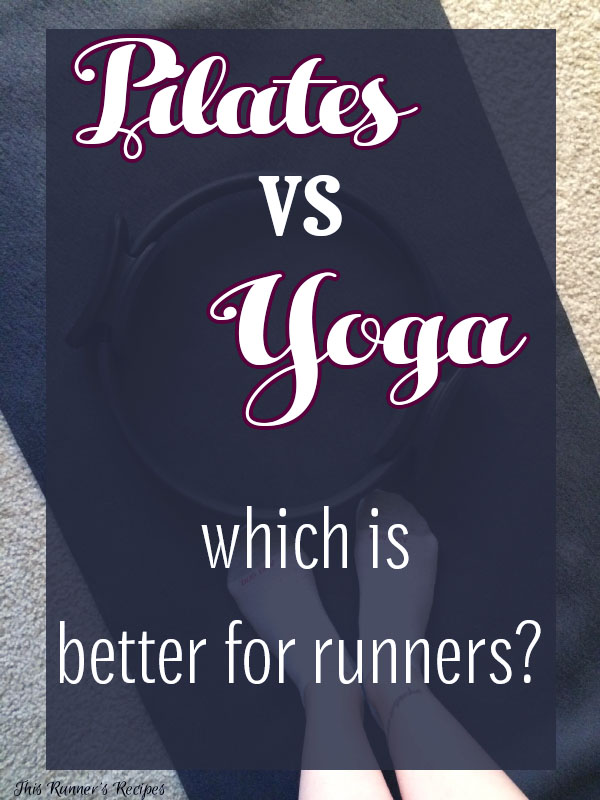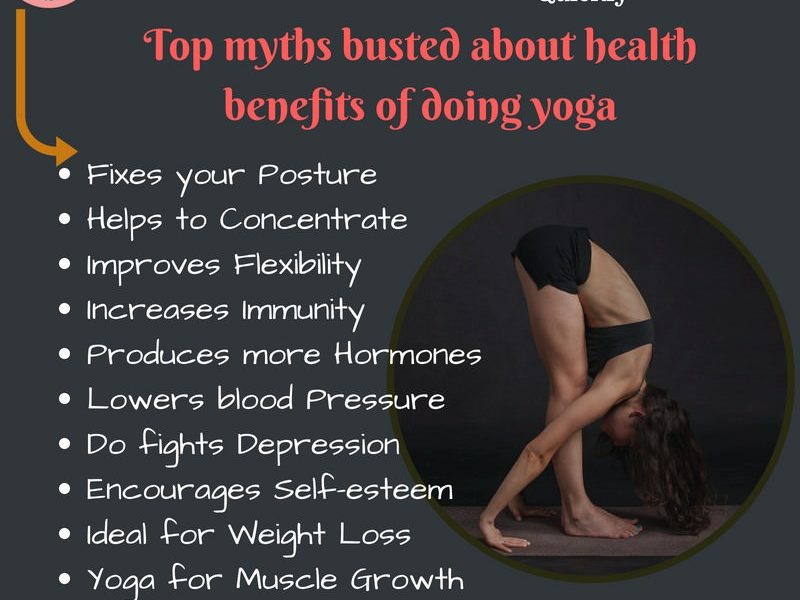
One of the most important poses to practice for lowering blood pressure is the shins down pose. This pose requires you to lift your pelvis and spine column in order to form a bridge-like shape. The legs should be lowered towards the floor. The end result is a relaxed and peaceful body. This yoga pose helps reduce stress and anxiety. It has many other health benefits. It increases blood flow to brain. It regulates the heart rate and lowers blood pressure.
The other benefit of yoga for bloodpressure is the improvement in cardiovascular health. It is possible to raise blood pressure by not knowing how to relax. Savasana is the last yoga pose. It's designed to help people relax and find peace. This pose can help reduce stress and increase heart rate. Yoga is a great way to increase your flexibility and improve your health.

It is a great way of lowering blood pressure. This pose is great for reducing stress and improving circulation. It's also easy to do, and you don't need special equipment. You should practice this child pose on a full stomach. Pay attention to how you breathe while performing each position. Each posture should be performed three times. Hold each one for at least 30 seconds and repeat 3 times.
You can do many yoga poses to lower your blood pressure. Whether you're suffering from hypertension or just want to calm your mind, these poses can help. These poses can be used to reduce hypertension and relax the muscles. Even yogic exercises can be used to lower blood pressure. So, start your yoga practice today! These poses can be used every day to improve your health.
The child's pose is one of my favorite yoga poses to reduce blood pressure. This pose is great for releasing stress and calms your mind. This forward bending posture increases circulation to internal organs. It also lowers overall blood pressure. Your forehead should be touching the floor while in forward bending. This will avoid you feeling fatigued or dizzy. You can lower your blood pressure by doing this yoga pose.

A typical yoga session will include poses, meditation, as well as breathing exercises. However, the most important part of a yoga session is the breathing. Yoga can help lower blood pressure by as high as 10 points if done regularly. It is recommended that high-pressure patients do this at least twice per day, and for at least 15 minutes each. This should be done at least three times per day. Yoga can help you lose weight.
FAQ
Is Yoga Beneficial?
Yoga has been popular since ancient times. Yoga is very popular with celebrities as well as ordinary people who wish to be fit and healthy.
Yoga is great because you can stretch your muscles and strengthen them. Yoga can also help calm your mind and relax you.
Yoga is different from other types of exercise in that it focuses on breathing techniques.
Different poses can be practiced to increase flexibility and balance.
How many calories do I need to eat each day?
It varies from one person to another. The average is 2000 - 2500 calories per day. The factors that determine how many calories are needed for you include your gender, age, height, activity level, lifestyle, and gender.
How to build muscles quickly
To build muscle quickly, eat healthy foods and exercise regularly.
When you're fresh and ready to do something, early morning is the best time for working out.
Exercises such as push-ups and bench presses are good options.
Take a look at different weight training options and make sure to drink plenty of fluids throughout the day.
Can I go to the gym 7 days a week?
You can go to the gym seven times a week, but not at once. This means you need to choose a time when you feel rested and not too tired.
This will help you stay motivated and keep you energized for other activities.
You also need to ensure that you eat well enough during these times. This will help you not feel tired or slow at the gym.
Last but not least, ensure there are no other people competing for your time. If you have children, it is a good idea to avoid going to school on the evenings as they can distract from your workout.
Which is the best order to exercise?
It all depends on your goals. Start with heavy lifting if you're looking to build muscle mass. Then, move on to cardio. You can then go to strength training if your goal is to lose weight.
Start with cardio if you only want to lose fat. Add strength training to your workouts.
Cardio is the best way to build muscle mass.
Eat before you go to the gym. This will give your muscles more fuel, so they work harder. Plus, it makes you feel better during your workout.
Statistics
- According to the American Heart Association, blood pressure should be checked at least once every two years, beginning at age 20. (my.clevelandclinic.org)
- Get free shipping and 25% off today. (healthline.com)
- By John Thompson Take a whopping 38% off a set of PowerBlock Pros. (menshealth.com)
- An estimated calorie range for moderately active adult males falls between 2,200 to 2,800 calories per day, depending on age. (eatright.org)
- According to the American Academy of Dermatology (AAD), men over 50 are at a heightened risk of developing it. (healthline.com)
External Links
How To
How do I lose weight while working out?
Exercise can help you burn calories and increase your metabolism.
Exercise at a moderate intensity to safely lose weight.
These tips can help you to burn fat while training:
-
Cardio exercises like walking, running (or jogging), swimming, cycling, running, and/or elliptical training are all good options.
-
You can exercise for 30 mins three times per week.
-
If you want to lose more weight, add strength training to your routine.
-
Avoid intense training. You can build muscle without having to lose muscle tissue.
-
Keep hydrated during exercise. Water helps flush out toxins and keep your body properly hydrated.
-
After exercising, you should drink low-fat protein drinks. Protein shakes can help boost energy and repair muscles.
-
So you don’t feel hungry, eat smaller meals throughout your day.
-
Don't skip breakfast! Skipping breakfast can cause you to feel tired and sluggish.
-
Take care of yourself mentally. Stressful situations can slow down metabolism.
-
Keep a positive attitude. Studies show that overweight people are more likely to be obese than those who perceive themselves as attractive.
-
Get enough sleep. You will have a harder time losing weight if you do not get enough sleep.
-
Be active. Be sure to get up and move around every hour or two.
-
Maintain a healthy diet. Eating right keeps you feeling full and satisfied longer.
-
Find relaxation techniques. A tense mind doesn't allow your body to release stress hormones that break down muscle tissue.
A balanced diet includes all essential nutrients needed for growth and development.
Six small meals per day is better than three large meals. This allows your body to properly digest what you have eaten.
Calcium is required to support strong bones. Calcium is available in dairy products like milk, yogurt, fortified soy beverages, orange juice, cereal, bread, and cereals.
Calcium is found in leafy vegetables, beans and tofu, as well nuts, seeds and cheese.
Vitamin D is essential for calcium absorption. Vitamin D is found in eggs yolk, fatty fish and fortified foods.
Vitamin E is crucial for skin health. It can be found as a vegetable oil, wheat germ, peanuts or almonds.
Your body requires zinc to function normally and for wound healing. Zinc can be found in seafood, legumes and meats.
Zinc deficiency may cause fatigue, loss appetite, depression, and impaired immunity.
Consuming too much sugar can cause insulin resistance. This causes an increase in blood glucose levels. Insulin resistance causes weight gain.
High levels of free radicals can lead to insulin resistance. Free radicals are molecules containing unpaired electrons which cause damage to cells membranes.
The most common sources of free radicals include food additives.
Free radical damage may lead to cancer, heart disease diabetes, arthritis, asthma and other conditions.
Antioxidants are essential for preventing free radical damage. Antioxidants protect against oxidative damage.
Vitamin C, beta carotene (found within citrus fruits, carrots, sweet potatoes and spinach), Vitamin E (found inside nuts, olive oils, avocados and eggs), and Vitamin C (found among mangoes.
Selenium, copper as well as manganese and zinc are some other antioxidant nutrients.
Selenium helps to protect cells against free radicals and oxidative stress. Selenium can be found in Brazil nuts and liver, kidneys, liver, kidneys, shrimp, cod, turkey and lamb as well as chicken.
Copper protects eyes, brain, lungs and red cells. Copper is found in shellfish, poultry, meat, and organ meats.
Manganese is an essential component of bone structure. Manganese may be found in brown rice or spinach, bananas and prunes as well raisins, oatmeal and lentils.
Zinc is important for healthy growth, reproduction, and wound-healing. Zn is found in lean cuts of meat, white fish, poultry, and eggs.